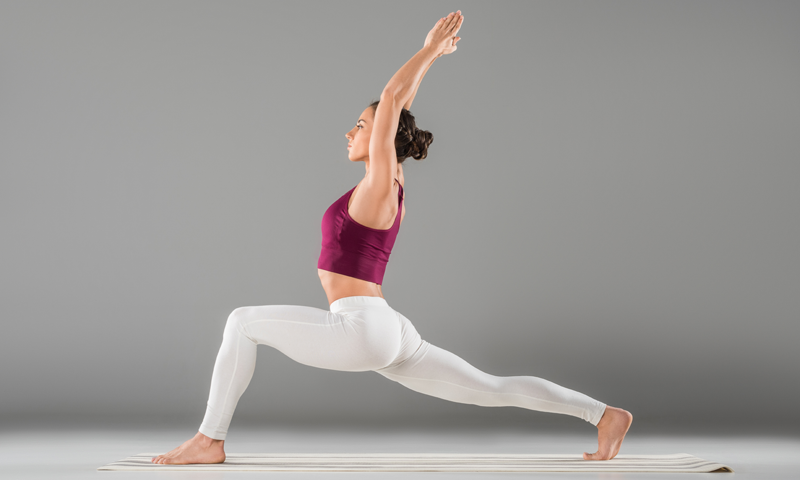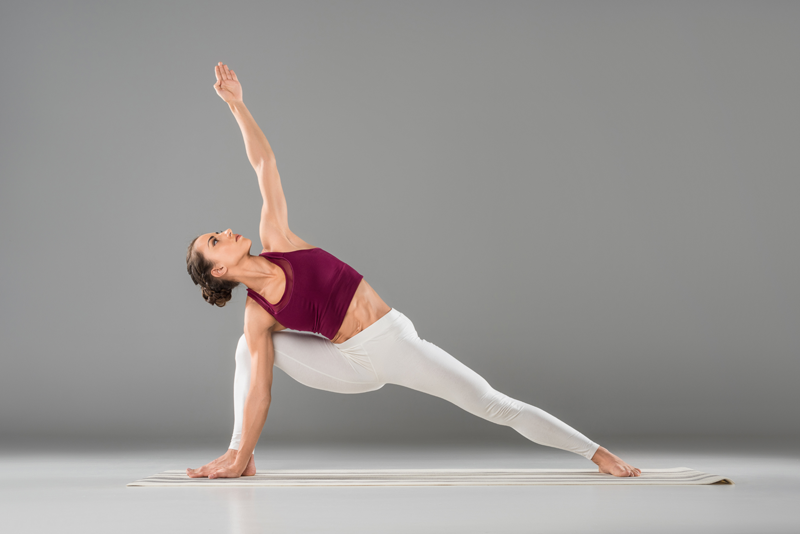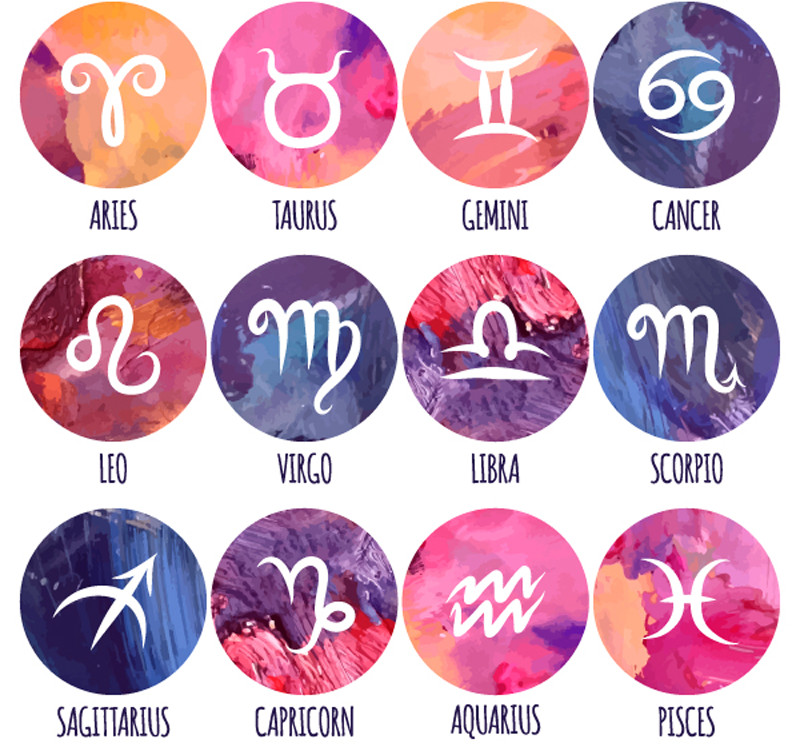
Introduction to Marma Points
May 3, 2019
How to Run a Yoga Retreat
May 16, 2019What are the 5 Koshas?

The Koshas are energetic layers that cover the body from the outer layer of skin to the deep spiritual core. Engaged both on and off the yoga mat, the Koshas provide a framework for conceptualizing our being. Similar to the chakra system, each Kosha layer provides its own physiological function and psychology. Some yogis believe that the Kosha layers mirror chakra psychology. If you’re wondering what the Kosha layers are and how they relate to your body, you’re in luck! In this article, we explore the 5 Koshas in more detail.
What are the 5 Koshas?
1. Annamaya – Physical Body
The first Kosha is Annamaya. This is the outer most layer and includes every part of the physical body including the organs, muscle tissue, bones, and skin. In Sanskrit, Anna means “physical matter” or “food” and Maya translates to “made of”. In most cases, Annamaya is the Kosha we are most familiar with.
2. Pranamaya – Energy Body
The second Kosha is Pranamaya. This layer is covered by the physical layer and represents the energetic body. The Kosha is made up of the body’s life force energy prana, known as chi in yoga and traditional Chinese Medicine.
Pranamaya is the force behind each organ, cell, atom, and body system and coordinates every physiological movement and activity including the elimination of waste and the pumping of the heart. When blockages occur in this body, the body’s overall function is drastically affected. Additionally, the body’s subtle energy influences the next energy layer – the state of mind. Pranamaya is also related to the breath; with each inhale you receive prana. If your breathing is shallow and random, your prana will also become erratic. When this happens, the mind becomes agitated and the body’s internal systems become irregular. When breathing is smooth, prana becomes more stable and the mind begins to calm; in turn, the body’s other systems function optimally. If you’re interested in working with this energy layer, yogic breathing exercises can increase and regulate prana in the body.
3. Mental Body
The third layer is the Manomaya Kosha. In Sanskrit, Manomaya means “thought processes” or “mind”. Known as the mental body, this layer controls the mind, emotions and nervous system. These are expressed as streams of feelings, thoughts, and sensations.
If the Manomaya is overactive, our nervous system begins to wear down and we become emotional. Through yoga we can calm the mind and soothe the nervous system, allowing the body to recover from the effects of stress and fatigue on the mental energy layer.
The Manomaya Kosha is also where we experience the senses. It’s the layer that allows us to receive, absorb, and process information from the outside world and controls our responses and reflexes. If the body goes into autopilot, it’s the Manomaya Kosha that takes control.

4. Wisdom Body
The fourth layer is the Vijnanamaya Kosha. This layer coordinates your breathing and movement and allows you to be present in the moment. Synchronizing the energetic, physical, and mental bodies, this Kosha controls internal awareness. Unlike the first three layers, this Kosha is cultivated over time.
Behind the stream of feelings, thoughts, and sensations lies a higher intelligence and inner knowing. This is known as the wisdom body or the Vijnanamaya Kosha. In Sanskrit, Vijnanamaya translates to “intellect”.
Your conscience, intuition, and reflective ability are all parts of this energy layer. Through this layer, we can develop an awareness and deeper insight into our inner being and understand how we relate to the outside world.
Through yoga, we can quiet the mental body so that the wisdom body can be heard. If you’re hoping to work with Vijnanamaya Kosha, start by paying attention to the pulsations and sensations that take place internally whilst you practice. For instance, lay down on your mat after each posture with your eyes closed. From here, listen to your heartbeat and feel the sensations taking place on the inside.
5. Anandamaya – Bliss Body
The fifth layer is the Anandamaya Kosha. The core of our existence and the deepest layer of our being, this Kosha is where you experience the expanse, freedom, and joyousness of your true self. The name derives from the Sanskrit word Ananda, which means “bliss”. Because of this, this energy layer is referred to as the “bliss body”.
Connecting with this Kosha feels like coming home. When done correctly, a sense of peace and tranquility will come over you as you connect with your inner self. During this moment, time will cease to exist, and your consciousness will expand beyond your physical body.
Unless you’ve studied the Koshas, you may not be aware of this aspect of your being. However, you’ve probably experienced glimpses of it throughout your life. When looking into your partner’s eyes or holding your newborn child, you may have dropped from conscious awareness and into your bliss body. This Kosha can also be entered while losing yourself in a good book, painting, film, or song. During yoga practice, you may dip in and out of your bliss body. During this time, you don’t need to engage your thinking mind, but insights, direction, and wisdom can pour out of you and the time flies in the blink of an eye.
In Summary
While all 5 Koshas are separate, they are all interconnected and dependent on one another. If our physical body is tense, our breath becomes shallow, our mind becomes agitated, and joy and wisdom are absent. Disconnection from the spirit can indicate a weak bliss body. When this occurs, disharmony is created between the layers. When all 5 Koshas are in tune, we can enjoy all-round peace, joy, and content. When we put on our yoga top, we can bring the 5 Koshas together and encourage them to work as one. When we do this, we promote good health and wellbeing and connect with the inner self.

